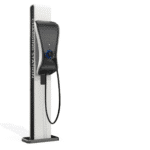The Green Standard
The Green Standard
Clean Cars, Dirty Power?
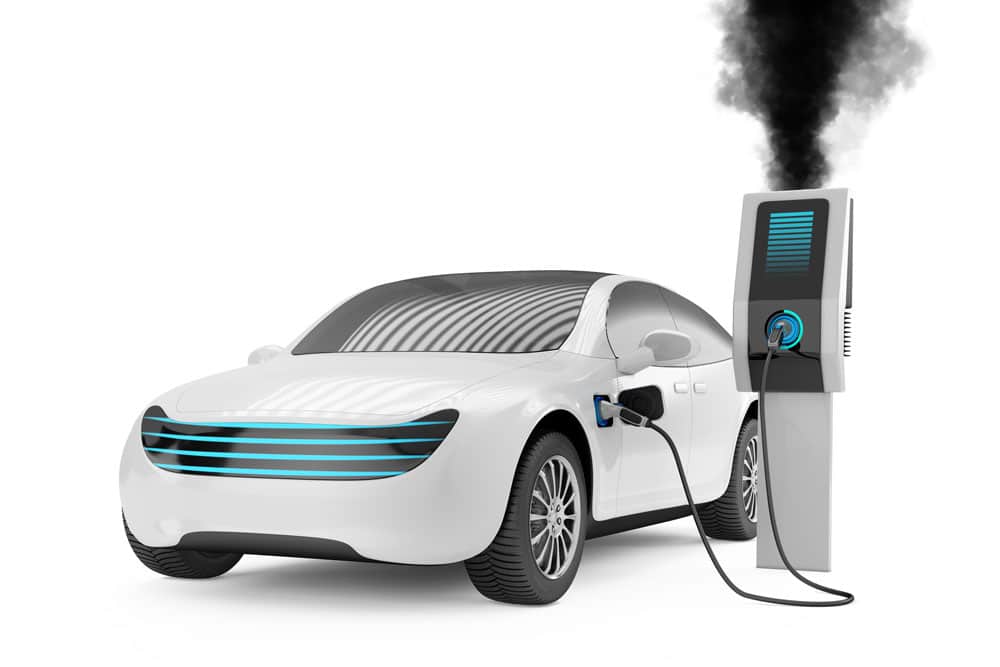
stock.adobe.com / iaremenko
I still remember when I saw my first Tesla. Growing up in the Silicon Valley, I knew eventually I would see one. But that moment when I first saw one go by me, I remember thinking just what a cool car that was. Not just in looks and style, but that it was all electric and could go so fast.
As we all know, there would be others after. But this—this was the car that would change the conversation on sustainable transportation in our country, and maybe the world. The idea of electric vehicles has become a mainstream reality, but that reality is more complicated than first imagined. Many first-generation electric vehicles (EVs) and plug-in hybrids had short ranges, and parking operators were suddenly expected to become fueling stations to support these vehicles. Although there have been many government programs to support an expansive EV charging network for all, it continues to be a rough road.
When consumers think about EV charging and a growing EV charging network, they tend to limit their thoughts to additional chargers being installed in the parking facility. They often have no concept of what it takes to support these devices. After 20 years of industry exposure, when I hear about EV charging, I go back to the infrastructure. Do the high-voltage feeders coming to my facility have capacity? Does my transformer and current electrical system have capacity? Is there room in my panel to accommodate two 40-amp breakers for a single dual charger? What are the accessibility requirements in my area for EV charging and can I meet those? Who is going to pay for these improvements and the electricity? Who is paying for the ongoing maintenance and connection fees? To further complicate the conversation, parking operators may be tasked with providing charging services for university, airport, or government fleet vehicles.
I raise these points not to dissuade operators from installing chargers or consumers from purchasing electric vehicles, but to have a greater understanding of the complicated electric system behind that charging port. Here are some key points to consider in the conversation around installing chargers in your parking facilities:
- How are you going to fund the equipment, ongoing maintenance, electrical, and connection costs?
- Learn what your state and local electric vehicle charging requirements and associated accessibility codes are.
- Do you have the existing electrical capacity to support charging at your facility? If so, what can you support?
- Think about what you are trying to do. Are you trying to get people charged and out in a hurry or are cars sitting for a long time? These answers change what type of charger you are installing and how many you are installing.
- How can your local utility help you? Will they provide funding, chargers, maybe a separate meter at a discounted rate?
At a larger level, all of this is supported by the electrical infrastructure that powers the U.S. through a system of power generation stations—be it coal, wind, water, or solar, and the transmission lines that move it from its source to the charging station. It takes a significant investment to bring electrical chargers and maintain them over time, and everyone seems to be in a massive rush to electrify everything around us. What is not keeping pace, however, is the investment in the infrastructure that is needed to power these chargers and our world.
For example, look at Northern California. The local energy company there recently announced that during the threat of wildfires, they would be shutting down electrical service to minimize the threat of fire spread. Sounds good, unless you have an EV that needs to be charged and have no other way to charge it.
As a side note, there has been a recent push to remove gas stoves from new construction as they are seen as harmful to the environment. So, in California during a wildfire, now you can’t cook or charge your car. What will your excuse be when you call off for work the next day? “Sorry, I can’t come in because my car didn’t charge and I’m hungry.” Of course, since the power is out you can’t charge your phone either, so there’s that problem as well. There has been no investment to have stable, plentiful renewable power available for customers to keep pace with not only the transportation sector, but everything else around us.
Decisions will have to be made soon about how power is produced and how it gets placed. As parking operators, we are not making those decisions, but we should know how the power is getting to our facilities and push on the people who supply it. Are they getting power from coal? Are they getting it from sustainable resources? Can they even get it from sustainable resources? Recently, California attempted to receive funds to keep the nuclear power plant at Diablo Canyon open for power production. That single plant produces 9% of California’s power. If it shuts down, where do we get the power? I am not advocating for or against it, but what’s the point of an EV if you start building more coal power plants to power it? By now we have all seen the pictures or videos of electric buses or cars being charged by diesel generators. What is the point of a clean car if it’s being powered by dirty power? Again, I stress that I am not trying to push people away from installing EV chargers, but there is a lot more to it than most people know. These conversations need to start happening soon.
Yasser Jabbari, CAPP is operations coordinator, transportation services University of California, Riverside, and a member of IPMI’s Sustainability Committee. He can be reached at yasser.jabbari@ucr.edu.
-
Yasser Jabbari, CAPPhttps://parking-mobility-magazine.org/author/yasser-jabbari-capp/December 2, 2021
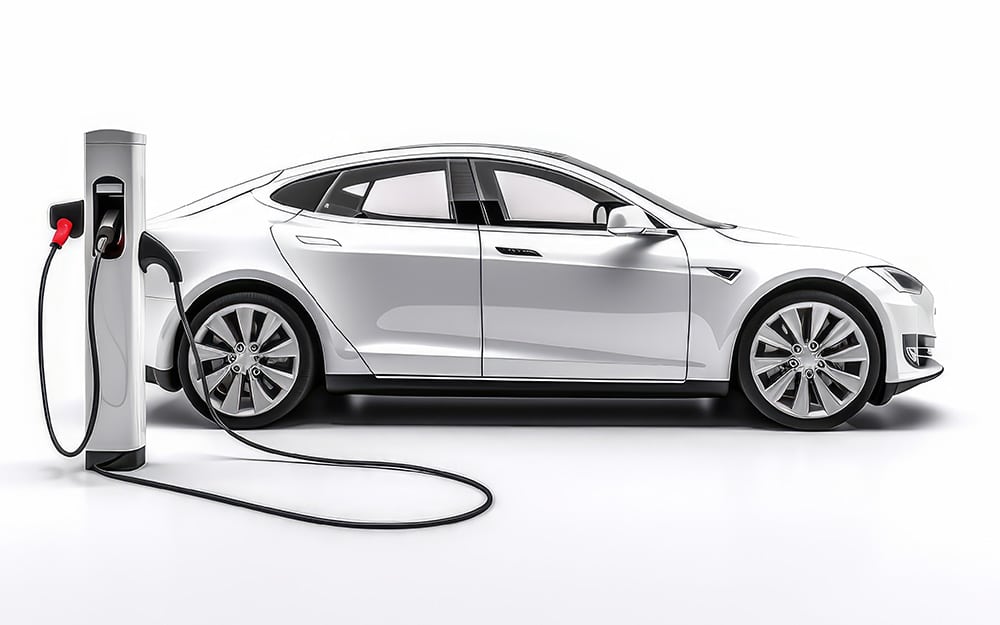
Electric Vehicle Charging Operations Research
Preliminary Results
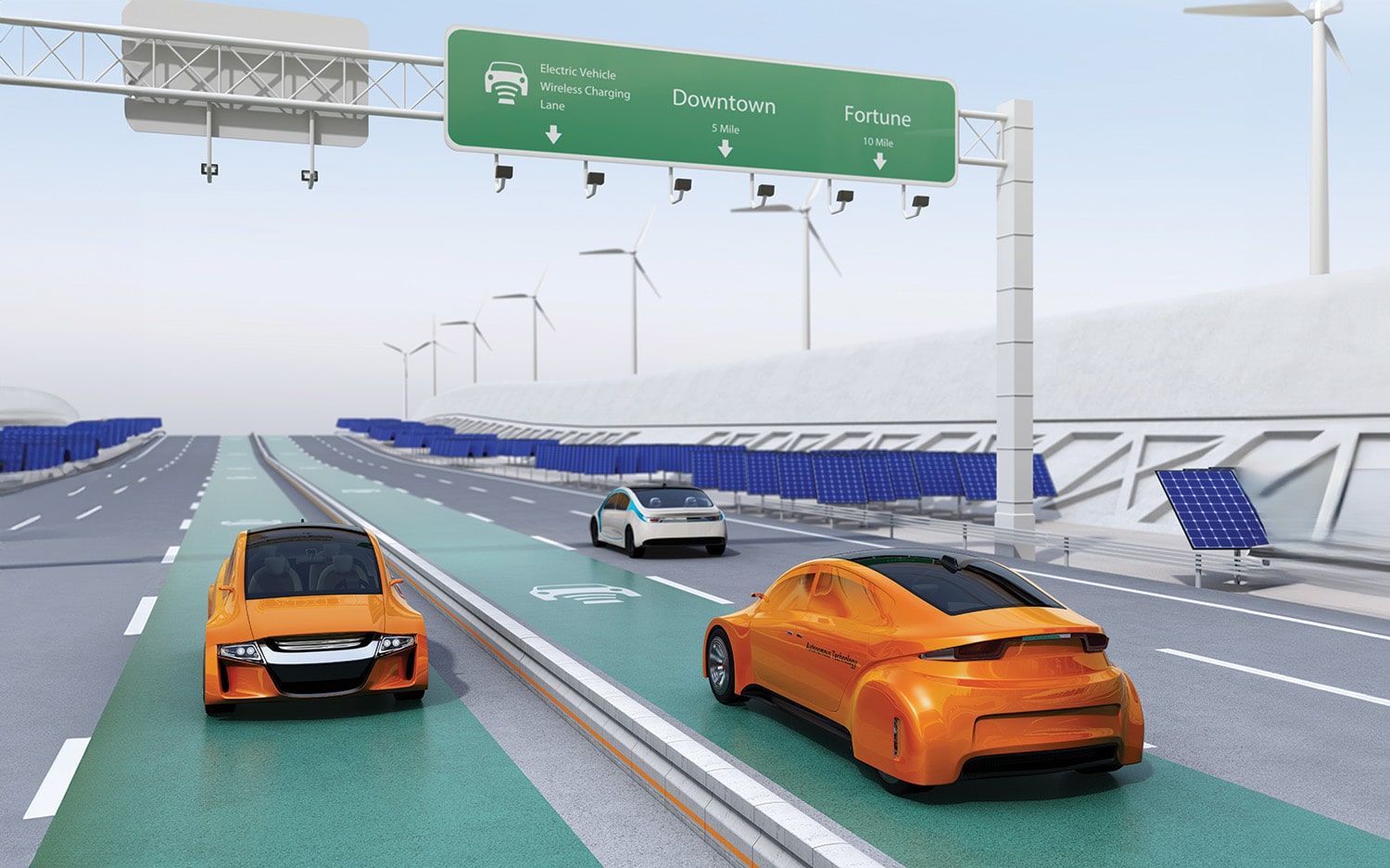
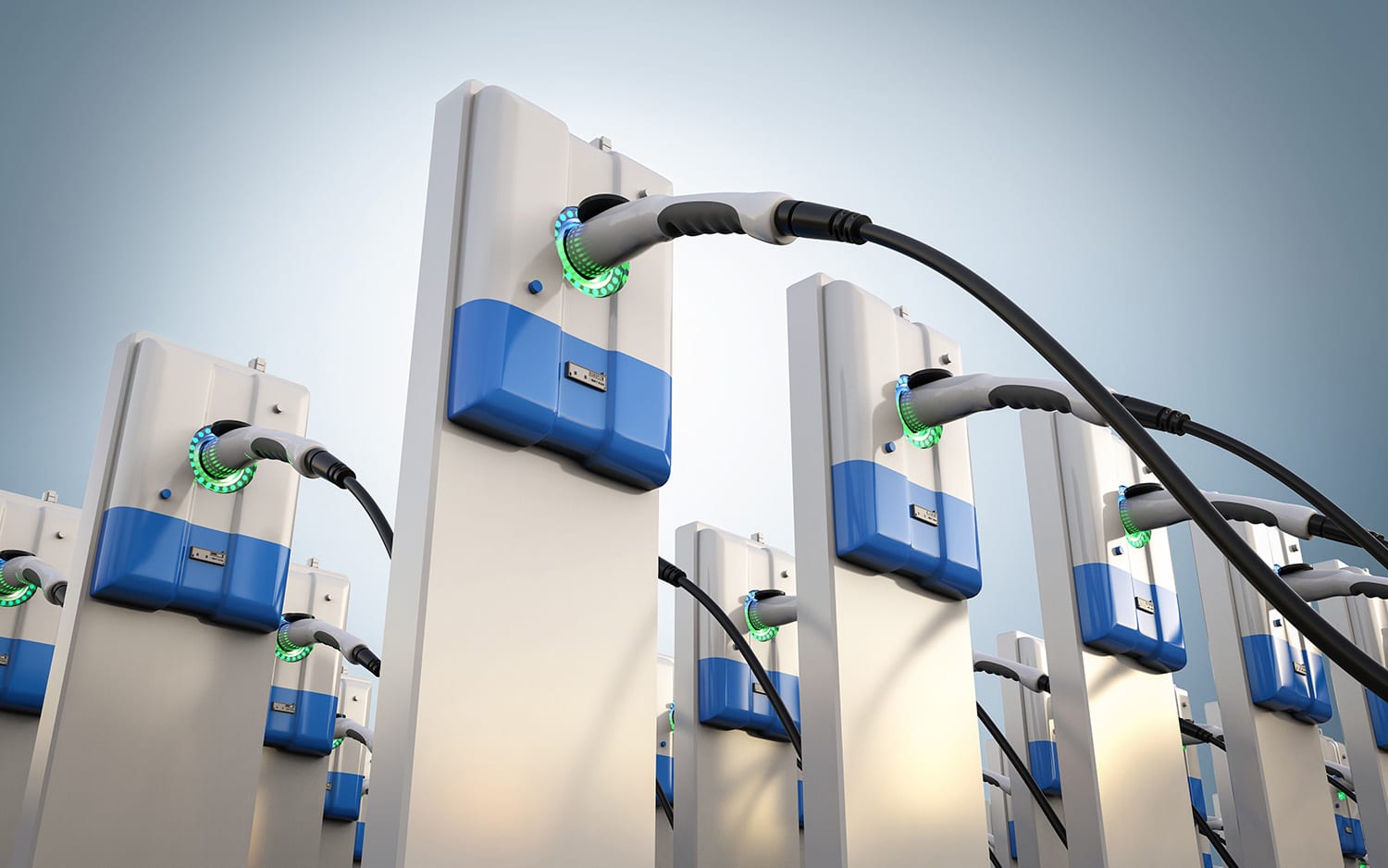
Ready, Set, Plug-In
EV Readiness Perspectives



